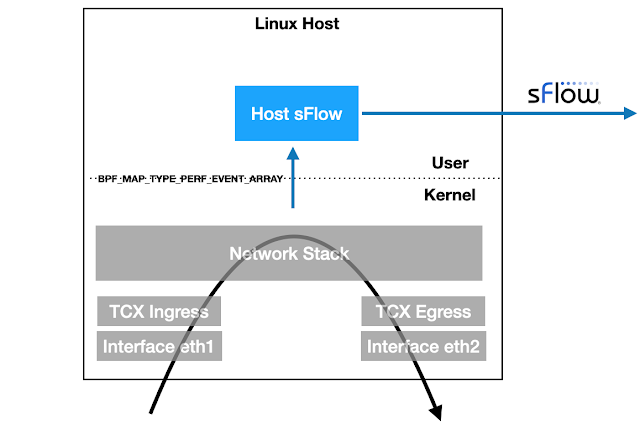0
Kubernetes has transformed how we deploy and manage applications. It gives us the ability to spin up a virtual data center in minutes, scaling infrastructure with ease. But with great power comes great complexities, and in the case of Kubernetes, that complexity is security.
By default, Kubernetes permits all traffic between workloads in a cluster. This “allow by default” stance is convenient during development, and testing but it’s dangerous in production. It’s up to DevOps, DevSecOps, and cloud platform teams to lock things down.
To improve the security posture of a Kubernetes cluster, we can use microsegmentation, a practice that limits each workload’s network reach so it can only talk to the specific resources it needs. This is an essential security method in today’s cloud-native environments.
Why Is Microsegmentation So Hard?
We all understand that network policies can achieve microsegmentation; or in other words, it can divide our Kubernetes network model into isolated pieces. This is important since Kubernetes is usually used to provide multiple teams with their infrastructural needs or host multiple workloads for different tenants. With that, you would think network policies are first citizens of clusters. However, when we dig into implementing them, three operational challenges Continue reading
